Introduction of Fish Feed Making Machine in Kenya
Why On‑Farm Feed Matters
If you are raising a fish farm in Kenya, you know the constant worry about feed cost. The price of commercial fish feed is going up day by day. It seems your profits are being lost. So making your own aquatic fish feed becomes more and more important.
Floating fish pellet machine can help farmers in Kenya solve this problem. The aquafeed system can turn simple ingredients into floating feed pellets on water. This can help fish eat better and reduce fish food waste.
Good feed machines do three important things:
- Mix ingredients evenly
- Cook at just the right heat
- Make pellets that hold their shape
Fish farmers in Kenya can see their fish grow faster than before when they use the fish feed making machine. Only 2% of feed are wasted and lost in the water. That’s 5 times better than old methods.
It is important to take care of choosing good aquatic feed equipment. It is better to look for the machines that are easy to fix and use less power. Some newer advanced feed making machine can work 30% longer on the same power. They also can make pellets stay whole day in water which is perfect for tilapia and catfish.
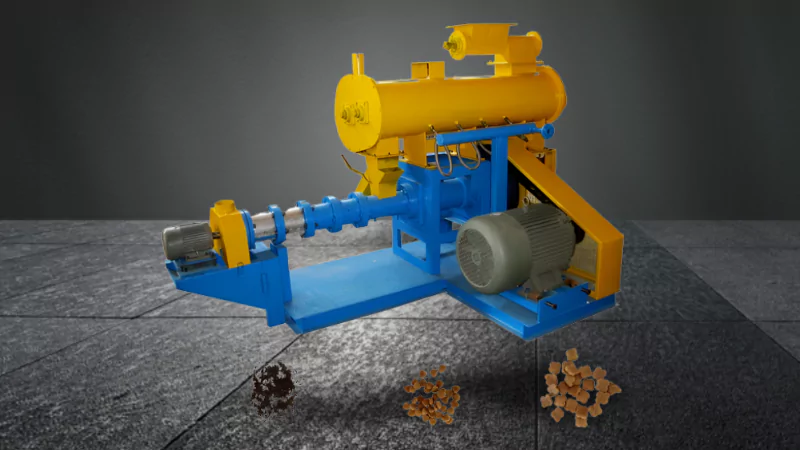
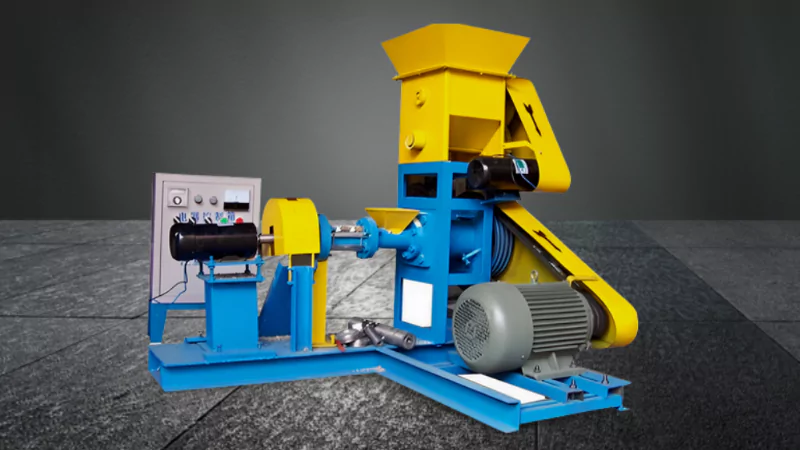
Fish Farming Boom in Kenya: Simple Solutions for Better Feed
Fish farmers in Kenya face a happy problem that their ponds are too full of hungry fishes. Because people need more tilapia and catfish, old ways of making fish feed can not keep up. Smart advanced fish feed pellet making machine helps fish grow much healthier and save fish farmers money and time.
The Floating Food Advantage
Floating fish feed can stary on water sruface so fish can eat it all without leftovers sinking. This cut feed waste by up to 80%. Fish farmers report their fish grow twice as fast since they use these floating pellets.
What Good Machines Do
The best fish feed pelleting equipment mixes fish feed ingredients with rich nutrition and proteins evenly like a baker kneading dough. It cooks the mixture at just the right temperature to make pellets float. Most importantly, it shapes food that holds together in water for over 12 hours which is perfect for Kenya’s warm ponds.
Why It Works Better
- Less food wasted means lower costs
- Uniform pellets give every fish equal nutrition
- Floating food lets farmers check feeding amounts easily
The Future Looks Bright
New advacned fish feed pelletizer machines have only the size of washing machines, they let small farmers start cheaply. Some cooperatives rent equipment by the hour. As more Kenyans learn these methods, fish farming becomes a reliable path out of poverty.
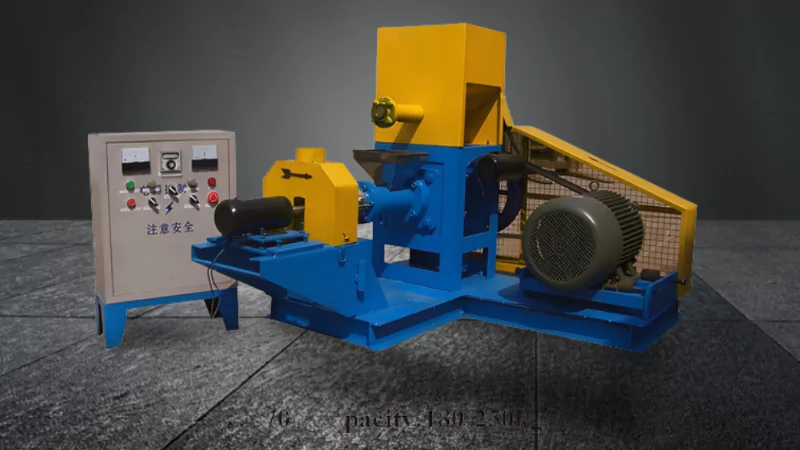
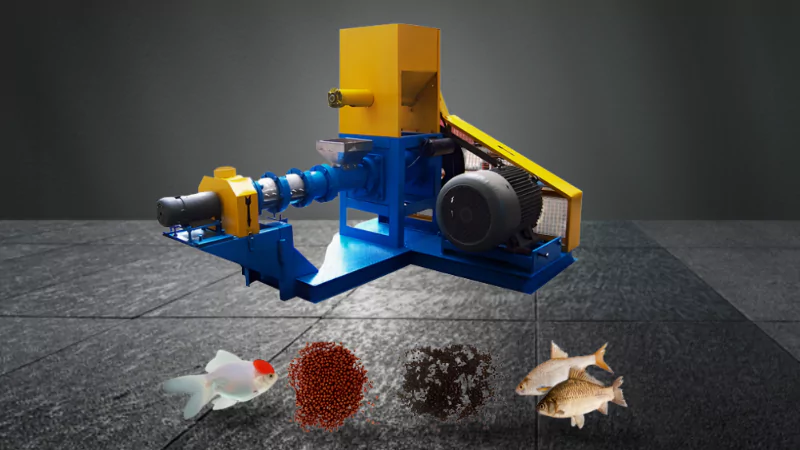
Types and Price of Fish Feed Making Machine in Kenya
Sinking Fish Feed Machines. Each type has its own unique features and benefits, and your choice will largely depend on the type of fish you raise. Below, we analysis these two machine types to help you make an informed choice. you can check how to choose right fish feed machine.
Floating Fish Feed Pellet Machine in Kenya
- How it Works: These machines produce buoyant pellets that float on the water surface about 12-24 hours.
- Advantages: They are much easier monitoring of feed intake. And reduced feed waste and water pollution.
- Best For: Surface feeders like Tilapia.
- Price Range: $2,000 – $10,000 depending on scale and features.
Sinking Fish Feed Machine Price in Kenya
- How it Works: These create denser, sinking pellets in the bottom of water.
- Advantages:Ideal for bottom-feeders. Can accommodate more complex feed formulas.
- Best For: Bottom-feeding fish such as Catfish.
- Price Range: $1,500 – $9,000 based on size, features and scale.
Comparison Table of Fish Feed Making Machine Price in Kenya: Floating Vs Sinking
| Feature | Floating Fish Feed Machine | Sinking Fish Feed Machine |
|---|---|---|
| Feed Type | Floating | Sinking |
| Best for Fish Type | Surface | Bottom |
| Price Range | $2,000 – $10,000 | $1,500 – $9,000 |
| Energy Efficiency | Moderate | High |
| Complexity of Feed Formula | Lower | Higher |
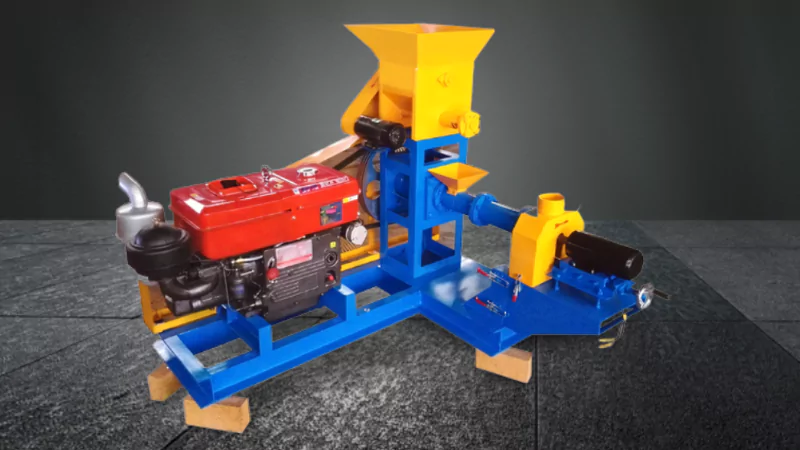
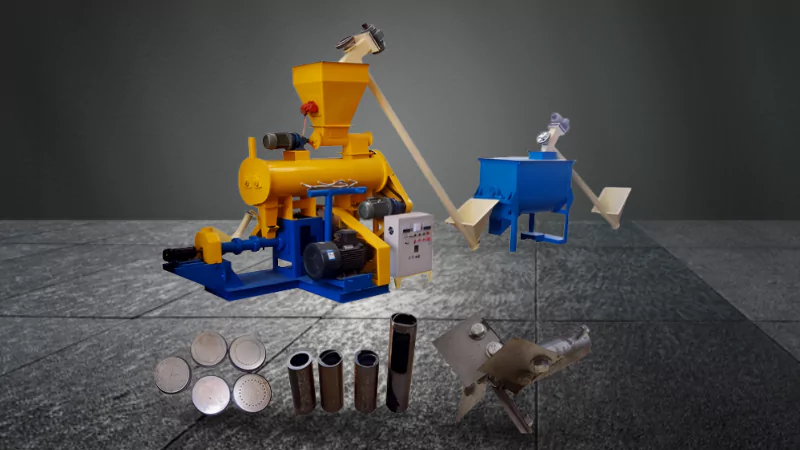
How to Select the Right Machine for Your Farm
Matching Machines to Your Farm’s Needs
First what kind of farm you are running, if you are running a animal farm or poultry farm, you need feed making machine in Kenya, but if are running a fish farm, you need to calculate how much feed your fish need each day. A small fish farm may need only 50-100kg a day, while a large fish farm need 500-1000kg per day. Different model machines have different speeds, some make 100kg per hour, others can make 1,000kg per hour.
Choose the better aquatic feed making equipment that can make 20% more than your highest need. This will give you room for growth without wasting power and money. Fish farmers near Lake Victoria found machines matching their exact needs cut energy bills by up to 30% while keeping fish fully fed.
Working With What You Grow
The floating fish feed extruder machine have to be able to handle the crops that you grow by yourself, this can reduce your cost on raw materials. Corn and soybean need different settings than rice bran or black soldier fly meal.
Look for adjustable press holes like 4mm-8mm and mixers that can blend wet and dry ingredients. The Kenya Bureau of Standards confirms machines with stainless steel process insect meal 40% better than regular steel.
Smart Power Choices
Electricity-powered floating fish feed pellet machines cost more upfront at first but can save you 60% over 3 years. Diesel fish feed extruder machine works for remote areas without electricity but it needs fuel weekly. A good rule: Your machine shouldn’t use more than 8kW per ton of feed. You have to check the motor’s CE or ISO certification which ensures real energy efficiency.
Built to Last
Focus on three parts:
- Dies : Hardened steel lasts 5x longer than iron
- Screws: Corrosion-resistant coating prevents rust from wet mixes
- Bearings: Sealed units survive dusty farm conditions
Help When You Need It
Ask these questions before buying:
- Are spare parts available within 50km?
- Does the manual have diagrams and Swahili instructions?
- How fast can a technician come?
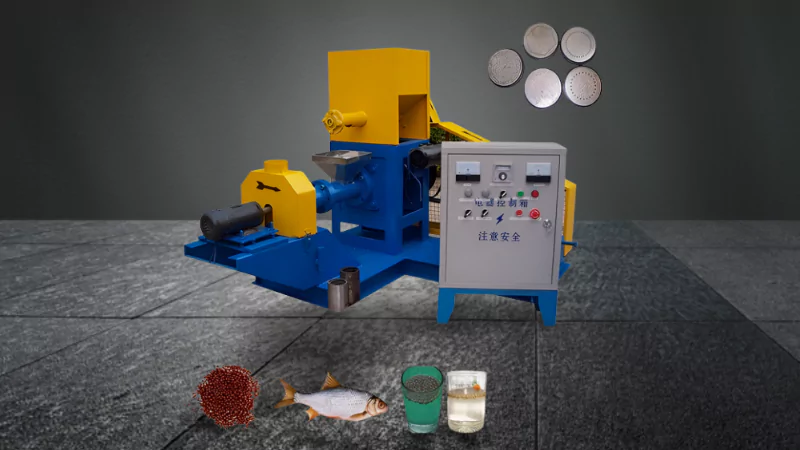

Smart Care for Your Fish Feed Machine
Daily Habits That Prevent Breakdowns
You have to check three things each morning before you start to work:
The Die Doctor’s Secret
When the die can not shape pellets, your machine’s die needs attention. you need to pay attention to the die. Here’s how experts do it:
- Rotating the die clockwise while clearing holes with a 4mm bit
- Checking hole edges – sharp rings mean proper compression
- Testing with coconut husk meal (nature’s scrubbing agent)
Fish farmers in Nyeri produce pellets 23% more uniform by this rotating-clean method. The Kenya Bureau of Standards confirms properly maintained dies can last 3x longer life time.
Pro Tip:
Rubbing beeswax on die surfaces after cleaning. A Kisumu workshop found this reduces friction by 40%, saving KES 8 daily in power costs.
The 2-Shilling Safety Check
Your screw auger’s health determines energy bills:
- Inserting coin vertically between flights
- If it slides through, adjusting clearance immediately
- Ideal gap = 1.5x pellet thickness
Thika technicians report proper gaps prevent 18% power waste. For tilapia feed (3mm pellets), maintain 4.5mm spacing using adjustment shims.
Hands-On Quality Control
Skip expensive meters with these tactile tests:
- Moisture Check: Crush pellets – perfect ones hold shape like ugali dough
- Heat Test: Touch fresh pellets – should feel like warm chapatis
- Density Test: Drop pellets in water – good ones sink slowly
Machakos farmers using these methods reduced feed waste by 31% last dry season.
Monthly Money-Saving Rituals
Gearbox Oil Care
- Change when oil resembles milky chai (every 300hrs)
- Use SAE 90 oil (KES 1,800/5L at certified agro-vets)
- Nakuru co-ops extended gear life from 3 to 7 years
Electrical Safety Musts
- Test grounding with multimeter (<0.5Ω resistance)
- Wrap cables with old bicycle tubes against rodents
- Check connections after heavy rains
Fire Prevention Fact:
80% of Machakos machine fires start in dusty control panels. Clean monthly with dry sisal brushes.
Seasonal Overhauls
Before Rains (March/October):
- Seal bearings with marine-grade grease to block humidity
- Cover control panels with plastic sheets cut from fertilizer bags
Dry Season Prep (June/January):
- Replace all air filters – dust reduces motor life by 40%
- Tightening every bolt with the “cross pattern” method
Harvest Time Hack:
Rub crushed neem leaves on metal surfaces. Eldoret farmers prevent rust this way, saving KES 6,000 yearly on replacements.
Troubleshooting Made Simple
| Issue Type | Quick Diagnosis & Solution | Explanation |
|---|---|---|
| Uneven Pellets | Check the temperature if it is within the optimal range which is approximately 90–130°C. | The die temperature directly affects the expansion and uniformity of feed pellets. If the temperature is too low, pellets may not form properly; if too high, it can degrade nutritional components. |
| Abnormal Noise | Stop the machine and inspect the screw, bearings, and die for wear or foreign object blockage. Replace worn parts as necessary. | Abnormal noise is typically caused by mechanical wear or foreign objects, which can lead to equipment damage if operation continues. |
| Voltage Fluctuations | Install a qualified voltage stabilizer or power filter to ensure stable power supply to the equipment. | Unstable voltage can cause equipment to operate abnormally or become damaged. Using professional power protection devices is an effective measure to ensure safe equipment operation. |
| Poor Pellet Floatability | Adjust the extruder’s temperature and pressure settings to ensure proper expansion of the feed. | The floatability of feed is closely related to its degree of expansion; appropriate temperature and pressure settings can increase the floating time of the feed. |
